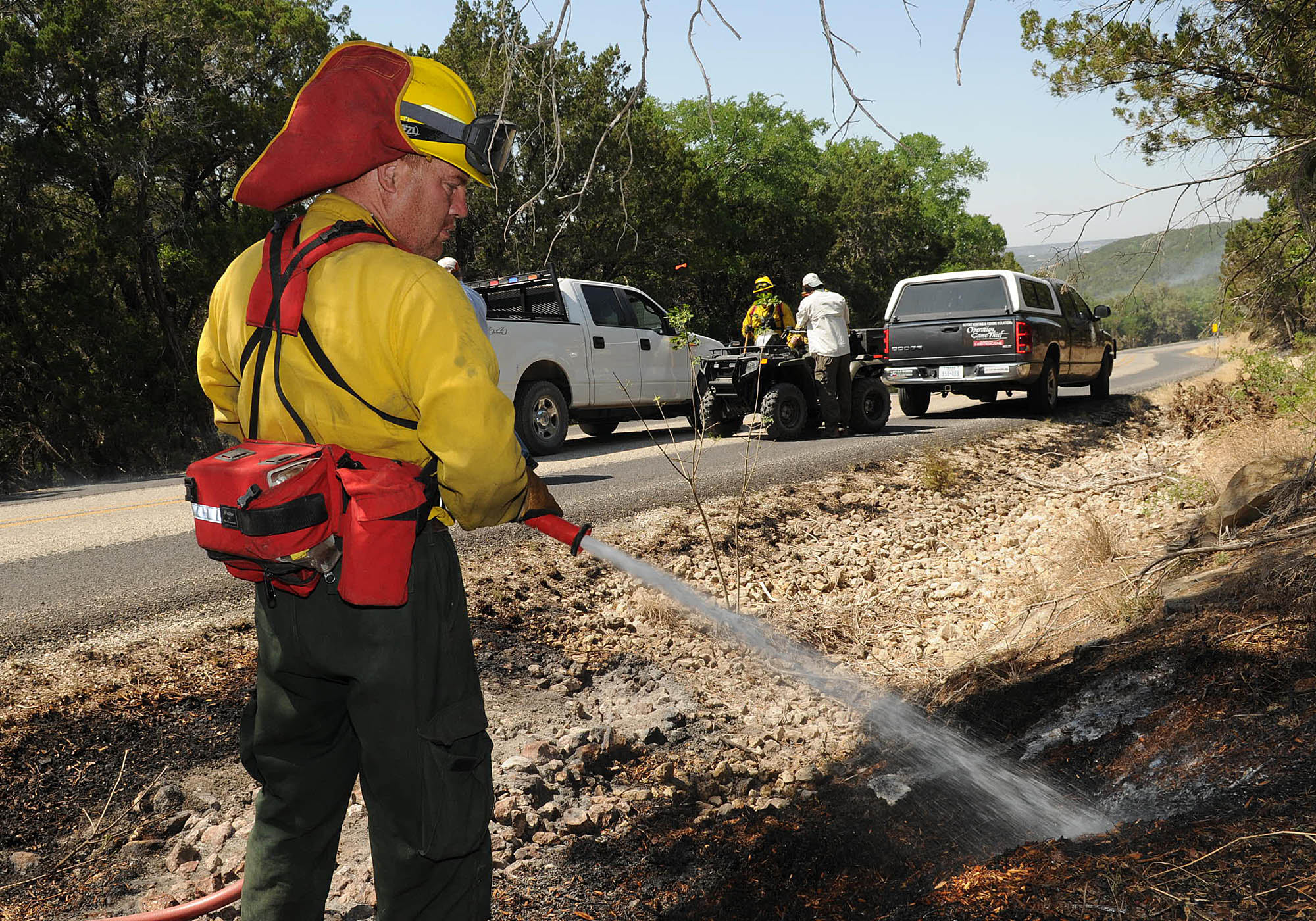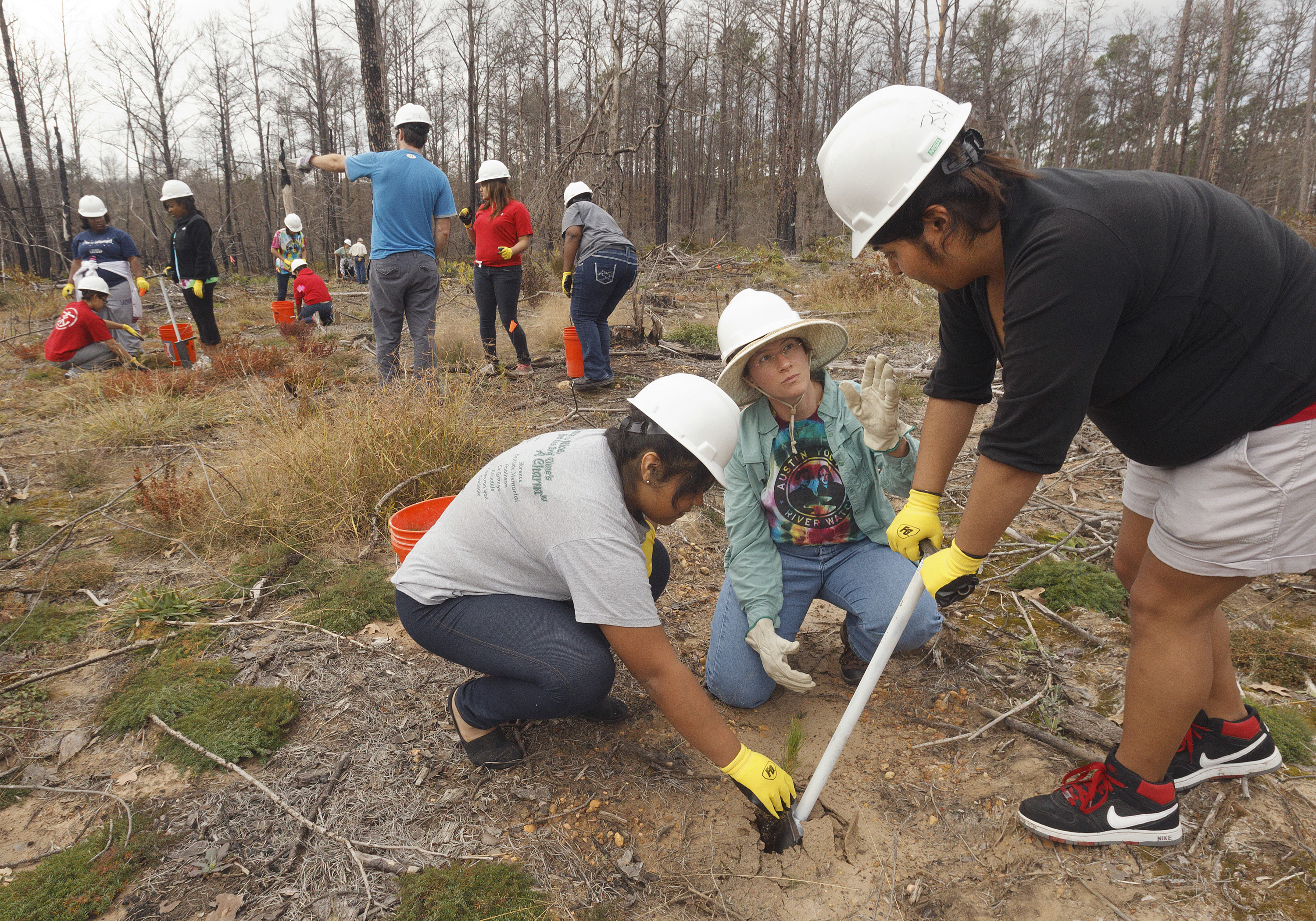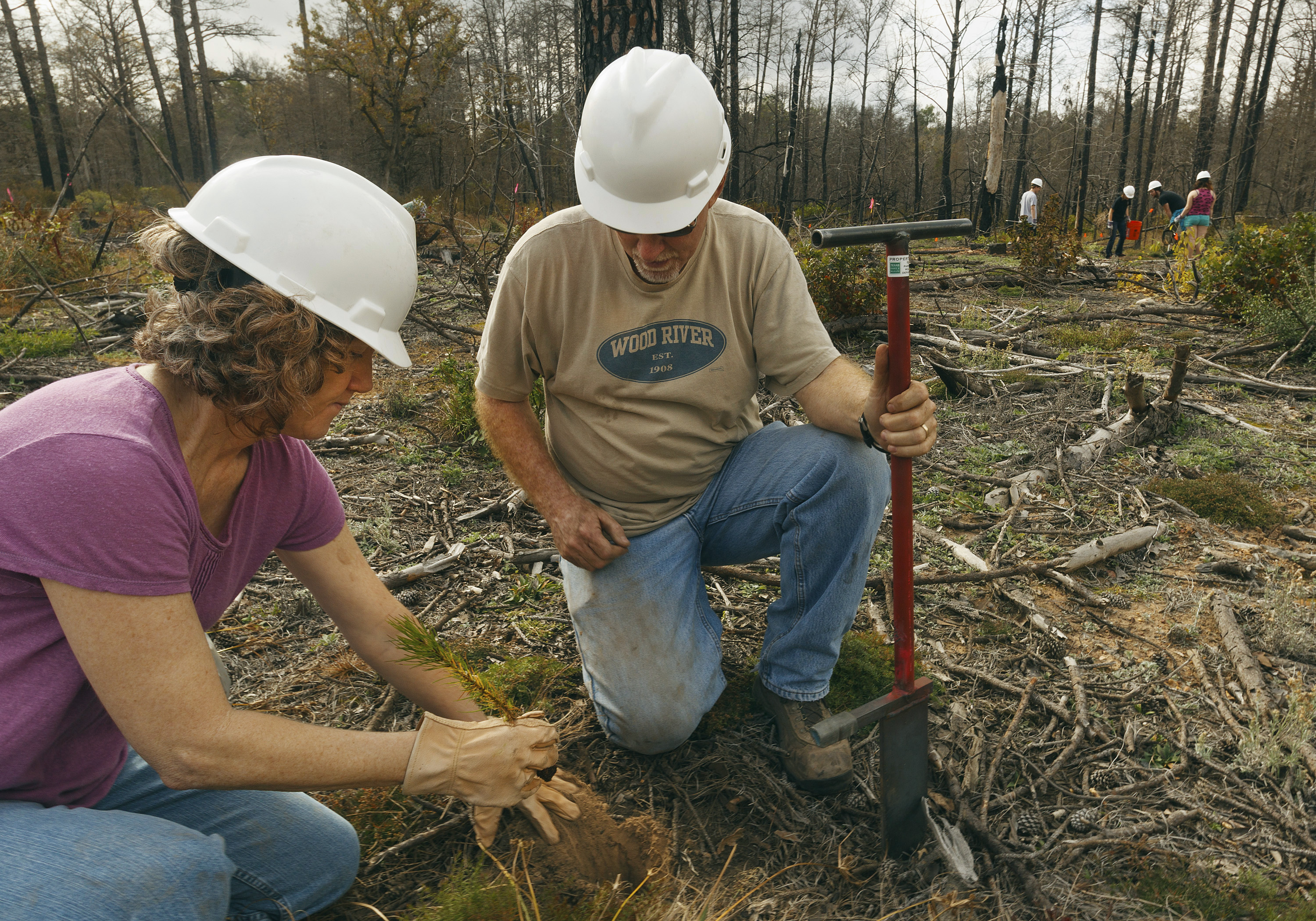TPW TV: Gargantuan Gar
Friday, April 12th, 2013
Alligator Gar, Image TPWD
This is Passport to Texas
Coming up the week of April 14th the TPW PBS TV series features a segment bout alligator gar, in a piece producer Alan Fisher calls: Gargantuan Gar.
61–The story follows a study being done on Choke Canyon Reservoir with fisheries biologists from parks and Wildlife, as well as some rod and reel anglers on the Trinity River trying to catch a large alligator gar.
They’re a really interesting, really cool critter, but they get a bad rap a lot.
Why are we paying attention to the alligator gar now?
Well, historically, since people didn’t fish for them that much, we didn’t know much about them; there wasn’t science being done. And as rod and reel anglers and bow fishermen have become more interested in the fish, there’s a need to have more science, and to make sure we can keep the population sustainable.
Texas is home to the best populations of alligator gar left in the United States, and we want to keep them that way. WOOHOO! [water splash] Not a bad fish to start the day!
Is this piece intended maybe to entice the angler that’s looking for a good fight?
People like to catch big fish, and this is a fish that people may have not thought about targeting before.
My first one. Outstanding!
But I think people will see in the video they’re fun to go after.
Thank Alan.
Support provided by Ram Trucks. Doing what’s right and good regardless of the degree of difficulty — takes guts. Those are the people who build Ram trucks. RAM.
For Texas Parks and Wildlife…I’m Cecilia Nasti.






 Passport to Texas is a
Passport to Texas is a  Passport to Texas is made available by:
Passport to Texas is made available by: